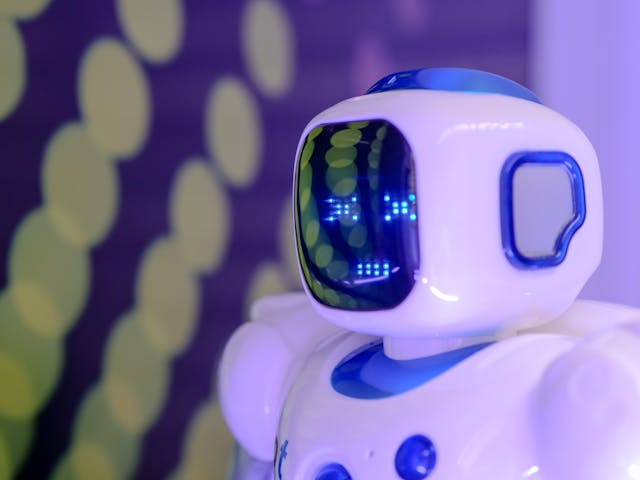In recent years, chatbots have evolved from simple, scripted programs to sophisticated AI-driven assistants, significantly influencing the landscape of web design. This transformation has led to a paradigm shift, where user interaction and experience take center stage, reshaping the way websites are conceptualized, designed, and developed.
The Rise of Chatbots
Chatbots have become a ubiquitous presence on websites, serving various roles from customer support to sales assistance. Their rise can be attributed to advancements in natural language processing (NLP) and artificial intelligence (AI), which allow them to engage users in human-like conversations. As businesses and organizations increasingly prioritize real-time interaction, chatbots have emerged as essential tools for improving user engagement and satisfaction.
Redefining User Experience (UX)
Traditionally, web design has focused on static pages with a clear navigation structure, guiding users to information through menus, links, and call-to-action buttons. However, the integration of chatbots has introduced a more dynamic and interactive approach to UX. Instead of navigating through multiple pages, users can now simply interact with a chatbot to find the information they need, ask questions, or complete tasks, all within a single interface.
This shift emphasizes the importance of conversational design, where the focus is on creating smooth, intuitive dialogue flows between the user and the chatbot. Web designers must now consider how chatbots will interact with users, ensuring that the conversation feels natural and enhances the overall experience.
Streamlining Navigation
One of the most significant impacts of chatbots on web design is the streamlining of navigation. Traditional website navigation relies heavily on well-structured menus and links, but chatbots offer an alternative by providing instant access to information through conversation. This can simplify the user journey, particularly on content-rich websites where finding specific information might otherwise be cumbersome.
For instance, instead of sifting through a lengthy FAQ page, users can ask a chatbot their specific question and receive a direct answer. This not only saves time but also reduces the cognitive load on users, making their experience more efficient and enjoyable.
Personalization and Data Utilization
Chatbots have also revolutionized the way personalization is integrated into web design. By collecting and analyzing user data, chatbots can offer personalized recommendations, content, and responses, creating a tailored experience for each visitor. This level of personalization is difficult to achieve through traditional web design methods, where user interaction is often passive and limited to predefined pathways.
Designers must now consider how to leverage the data collected by chatbots to enhance the overall design and functionality of a website. This includes understanding user behavior, preferences, and pain points, and using this information to inform design decisions that cater to individual needs.
Mobile-First Design and Accessibility
With the increasing prevalence of mobile devices, web design has already shifted towards a mobile-first approach. Chatbots complement this trend by providing a seamless and responsive user experience on mobile platforms. They eliminate the need for complex navigation structures that can be cumbersome on smaller screens, allowing users to interact through simple text or voice commands.
Moreover, chatbots can improve accessibility for users with disabilities. For instance, voice-activated chatbots can assist visually impaired users in navigating a website, while text-based bots can cater to those with hearing impairments. This inclusive approach to design is becoming increasingly important as web accessibility standards continue to evolve.
The Challenges of Integrating Chatbots
While chatbots offer numerous benefits, their integration into web design is not without challenges. Ensuring that chatbots are well-designed and effective requires a deep understanding of both the technology and the users they serve. Poorly designed chatbots can frustrate users, leading to negative experiences and the potential loss of business.
Designers must also consider the ethical implications of chatbot use, particularly in terms of data privacy and transparency. Users need to be informed about how their data is being used and have the option to opt-out if they wish. Balancing the advantages of chatbot technology with these concerns is a critical aspect of modern web design.
The Future of Web Design with Chatbots
As chatbots continue to evolve, their influence on web design will only grow. We can expect to see even more sophisticated conversational interfaces that blur the line between human and machine interaction. This will likely lead to further innovations in UX design, where websites become more adaptive, responsive, and personalized.
In the future, chatbots may not just be a feature of web design but a central element around which entire websites are built. As AI technology advances, we might see websites that are almost entirely conversational, where traditional navigation is replaced by intelligent dialogue, creating an entirely new way of interacting with digital content.

